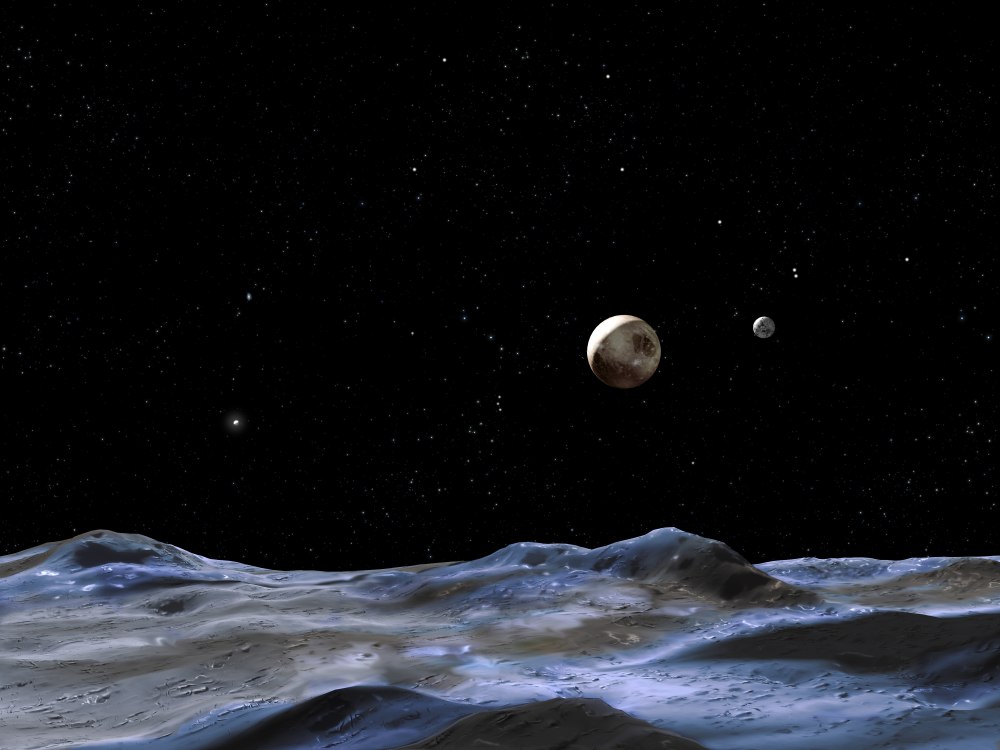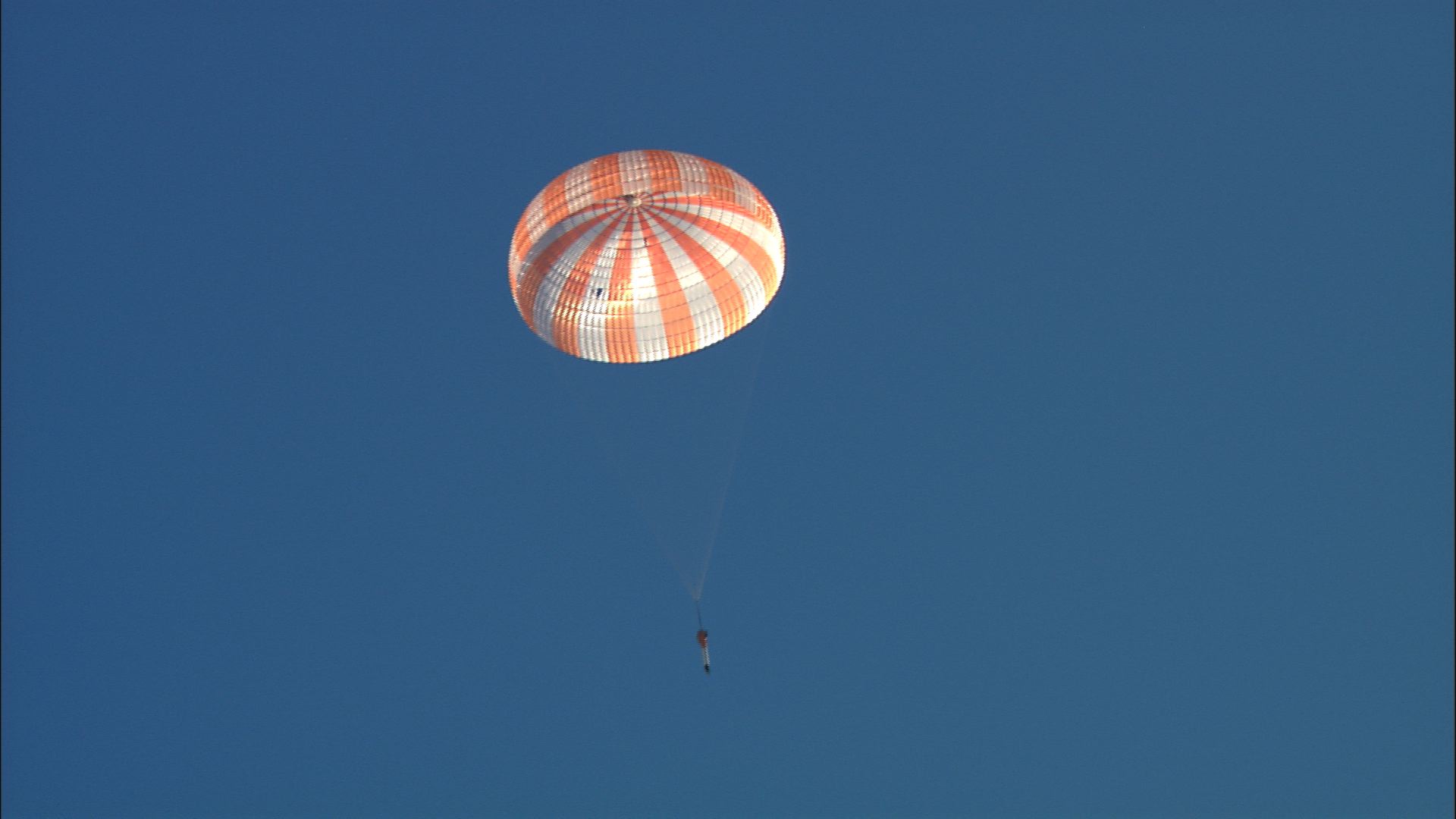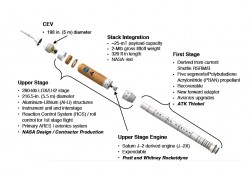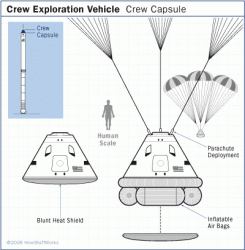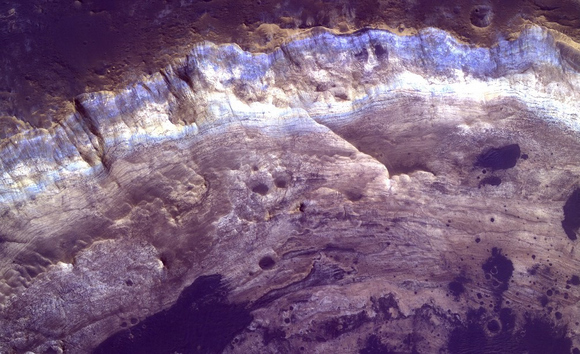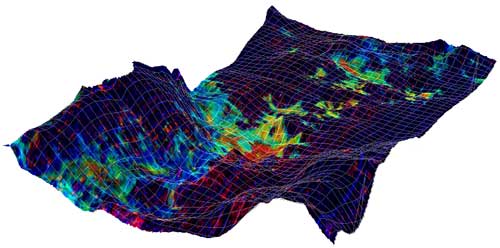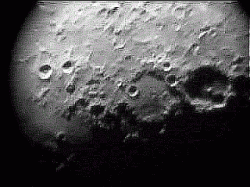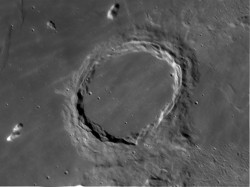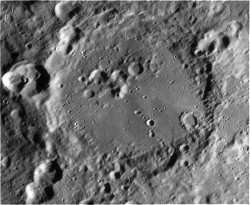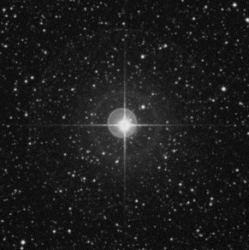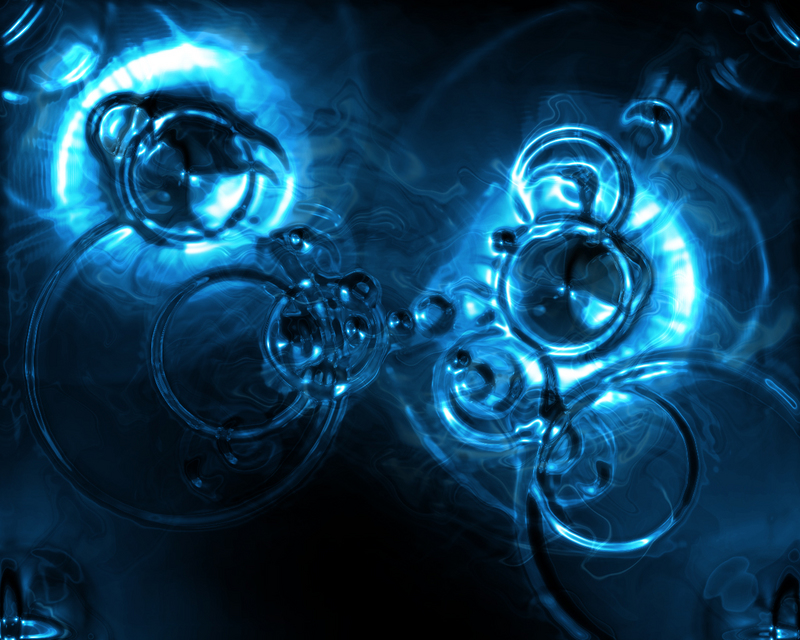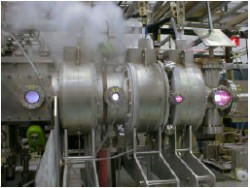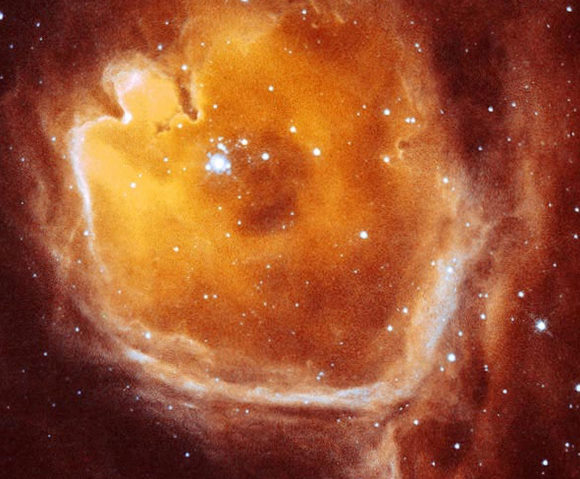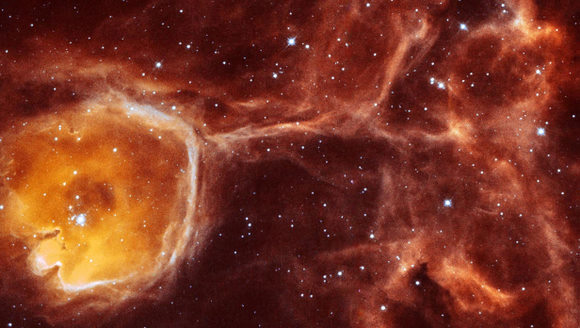[/caption]
If you thought Pluto was going quietly and giving up its planetary status without a fight, think again. Leading astronomers have spoken out against the International Astronomical Union (IAU) decision to classify the dwarf planet as a “Plutoid,” described by some critics as a “celestial underclass.” The IAU decision was made after it was deemed that Pluto cannot be called a “planet.” Although the spherical rocky body can tick most attributes of being a “planet,” the IAU pointed out that Pluto is too small to be capable of gravitationally clearing its own orbit (plus it periodically crosses the path of Neptune’s orbit); it should therefore be called a “dwarf planet.” Back in June however, the IAU gloriously announced that Pluto should be now be re-classified as a “Plutoid” and any other Pluto-like planets should follow suit. But on Thursday, at a major conference in Maryland, leading astronomers will refute the Plutoid classification saying the IAU re-naming is confusing and unworkable…
It may be the smallest planet in the Solar System a Plutoid, but this little spherical rock is causing a lot of noise down here on Earth. In 2006, the IAU re-classified the definition of a planet to distinguish between the differences between the larger known planets with the smaller rocky bodies (such as the increasing number of observed Kuiper Belt objects). There are three defining characteristics of what a planet should be:
- It is in orbit around the Sun.
- It has sufficient mass so that it assumes a hydrostatic equilibrium (nearly round) shape.
- It has “cleared the neighbourhood” around its orbit.
Pluto fulfils #1 and #2, but fails on #3, it is simply too small to gravitationally clear its own orbit. So Pluto was caught right in the middle of the “planetary classification debate ’06” and incidentally failed on one count. If any object fulfils the first two planetary criteria, but fails on the last, the IAU would classify the celestial body as a “dwarf planet.” To complicate matters, Pluto also travels inside the orbit of the gas giant Neptune periodically, giving it the extra classification of being a Trans-Neptunian Object (TNO). Although Pluto is a “dwarf” by Solar System standards, it is one of the largest Kuiper Belt Objects (KBO) in the outer Solar System; a true King amongst dwarfs.

So, for two years, Pluto was stuck in no-man’s land. It had been re-classified as a dwarf planet and astronomy teachers had to re-write their teaching material. Websites like NinePlanets.org had to scrub the 9 and replace it with an 8; but also had the foresight to buy “EightPlanets.org.” Times were a little messy for Pluto. Then, in June this year, the IAU seemed to want Pluto to feel a little better. Not only was it the King of the Kuiper Belt, it would have an entire army of Pluto-like dwarf planets named after it. The IAU created the “Plutoid,” and as if to avoid any more confusion, it gave the classification a no-nonsense definition:
Plutoids are celestial bodies in orbit around the Sun at a semi major axis greater than that of Neptune that have sufficient mass for their self-gravity to overcome rigid body forces so that they assume a hydrostatic equilibrium (near-spherical) shape, and that have not cleared the neighbourhood around their orbit. Satellites of plutoids are not plutoids themselves. – The IAU definition of a Plutoid (June 11th 2008).
Got that? Good. But not everyone was happy, least of all Pluto. T-shirts have even been printed with the quote: “It’s okay Pluto, I’m not a planet either” (and yes, I have one), for anyone wanting to show their support for the struggling rocky body.
So this Thursday, some very prominent astronomers will take their case to the “The Great Planet Debate: Science as Process” conference at The Johns Hopkins University Applied Physics Laboratory (APL) in Laurel, Maryland. To cut a long story short, they want Pluto to be reinstated as a planet, thereby abandoning the term “Plutoid.”
Dr David Morrison, director of the NASA Lunar Science Institute in California, makes the point that if the largest planets in our Solar System can be called Gas “Giants” then it should be fine to call Pluto a “Dwarf” Planet. But in the current IAU classification, Pluto cannot be called a planet.
“It has never before been necessary for any organisation to define a word that has been in common every day use so I see no reason why it was necessary on this occasion. Astronomers use adjectives such as giant and dwarf to describe different subclasses of objects like planets, stars and galaxies, so why could Pluto not remain as a dwarf planet just as Jupiter is a giant planet. Also, around 90 per cent of the planets we know now are outside our solar system, but under the International Astronomical Union’s definition, they cannot be classed as planets.” – Dr David Morrison
So it would seem the classification of “planet” will remain a very exclusive club of eight under the IAU rules; only Mercury, Venus, Earth, Mars, Jupiter, Saturn, Uranus and Neptune will have this honour unless the scientists at the Great Planet Debate conference can convince the IAU otherwise. Mark Sykes, from the Planetary Science Institute, argues that only #2 of the IAU planet definition need be applied; it is therefore the shape, or roundness, of the object that defines whether it can be called a planet or not. If this definition were applied, the Solar System would expand to include 12 planets. This worries some traditional thinkers at the IAU. As our observational techniques improve, more planet candidates will be discovered, therefore making the Solar System wildly different than what it is now.
But if there are more “planets” out there, why shouldn’t more planets be added to the official eight we currently have? It sounds like the Pluto debate is far from over and it will be interesting to hear what the delegates have to say on Thursday…
Source: Telegraph

